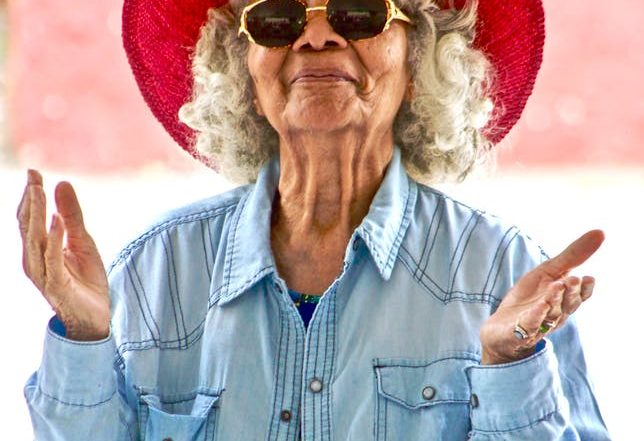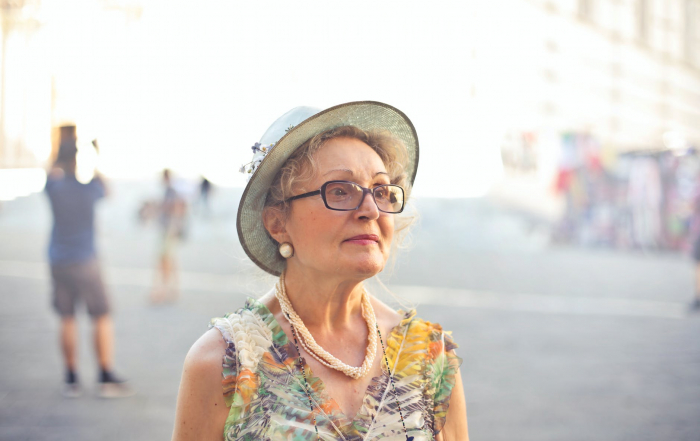Giving and receiving
Maintaining relationships is important at every age but, as people grow older, they may find it harder to access a social life and engage with others. Research tells us that older people generally have smaller social networks and their interactions may be mainly with family members. Older people also tend to have less frequent contact with the people they do know.
However, those that do maintain relationships within these smaller social networks ‘may have higher quality relationships’ (Carstensen, 1992). Evidence suggests that ‘generally, the more varied your social network, the happier and healthier you will be’.

Supporting others for wellbeing
Social relationships also offer an opportunity to provide support to others. Being there for someone else improves our own well-being because it increases our feelings of usefulness and self-esteem. As well as improving our mental health, Piferi and Lawler (2006) found that supporting others was linked to lower blood and arterial pressure. Their study showed that people who gave support also stated that they received more support themselves, lowering levels of depression and stress.
The cycle of giving and receiving is endless. When we offer support to others, we feel better about ourselves.
When we accept the help of a friend, we enable that person to feel valuable – and so receiving is also a form of giving. This can be difficult for older people who are focussed on sustaining as much independence as possible. But none of us is truly independent at any stage of our lives – we need to relate to others by listening and sharing our experiences – we simply need to find new ways of interacting as we progress through life’s phases and transitions.
Sources:
Carstensen, L.L. (1992). Social and emotional patterns in adulthood. Psychology and Aging, 7, 331–338
Piferi, R.L. & Lawler, K.A. (2006). Social support and ambulatory blood pressure. International Journal of Psychophysiology, 62, 328–336






